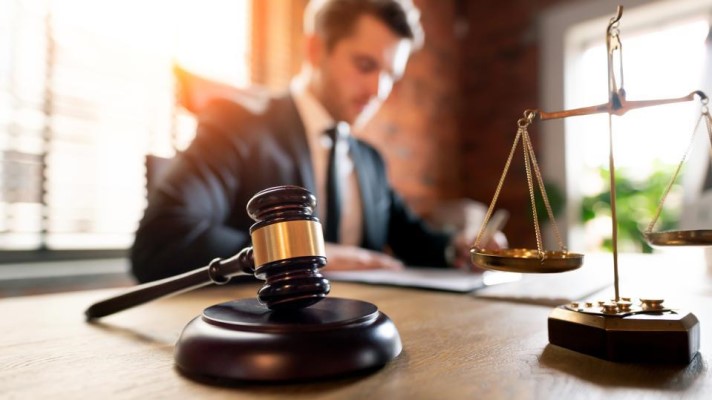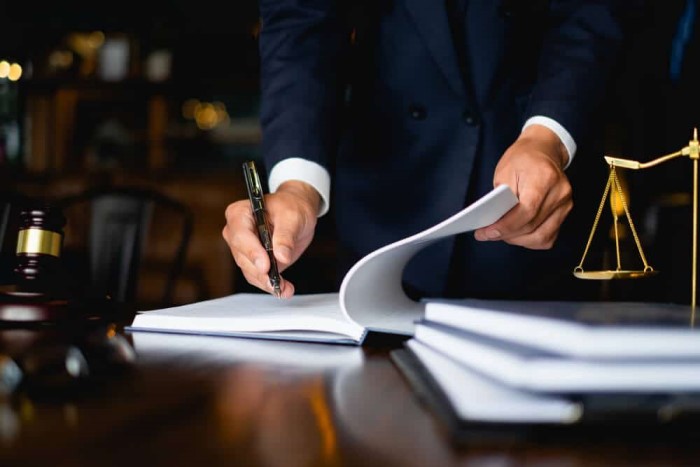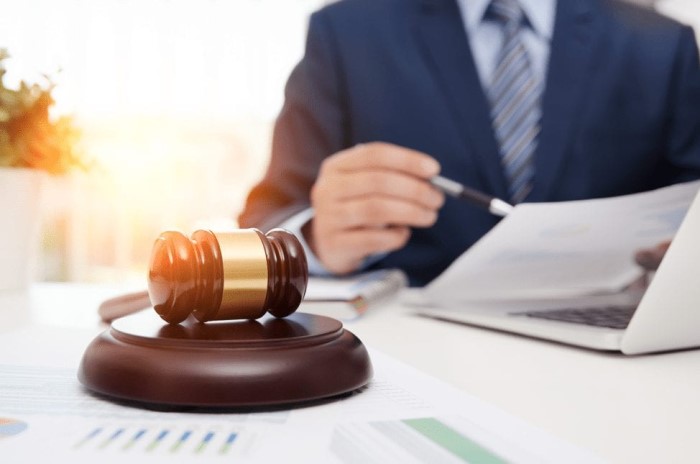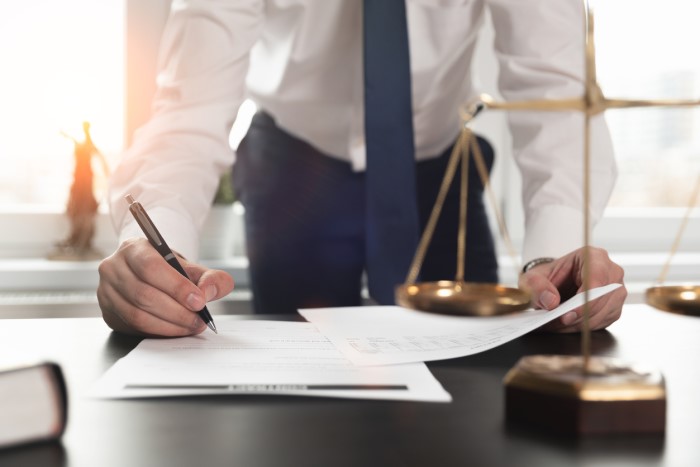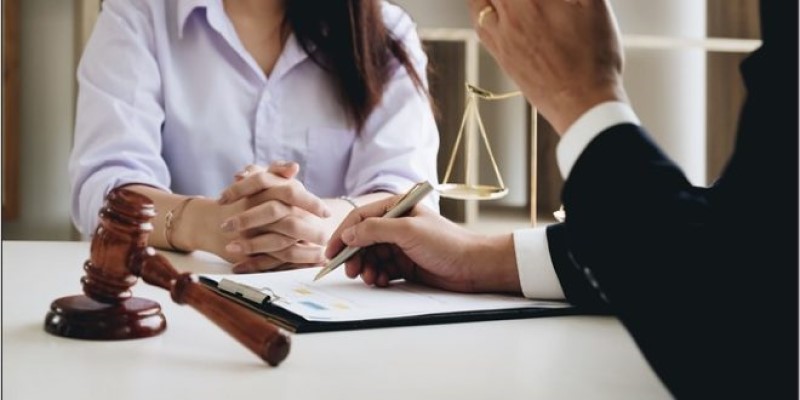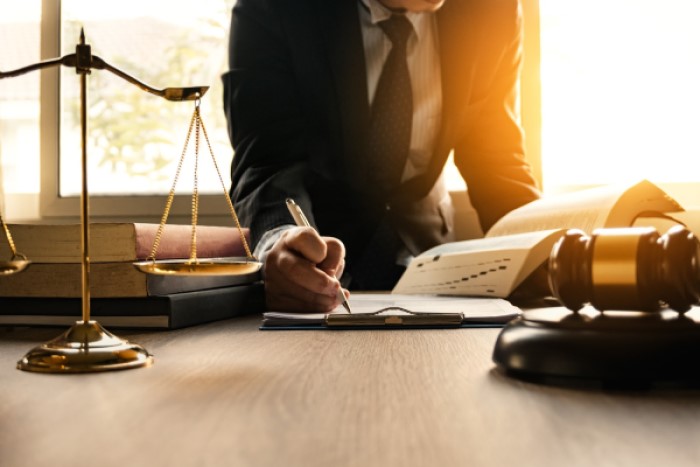Child Abuse: Recognizing Signs and Seeking Legal Help
Introduction
Child abuse is a distressing reality that affects millions worldwide. Recognizing its signs and taking legal action are crucial steps toward protecting vulnerable children. In this comprehensive guide, we’ll explore the signs of child abuse and the necessary legal measures to safeguard children’s well-being.
Understanding Child Abuse
Child abuse encompasses various forms of maltreatment, including physical, emotional, sexual, and neglectful behaviors towards children under the age of 18. Each form of abuse can have long-lasting effects on a child’s physical and psychological well-being, making early recognition and intervention vital.
Recognizing Signs of Abuse
Physical Abuse
Physical abuse often leaves visible marks such as bruises, welts, or burns on the child’s body. They may also exhibit unexplained injuries or injuries inconsistent with their age or developmental stage. Additionally, children experiencing physical abuse may demonstrate fearful behavior around specific individuals or situations.
Emotional Abuse
Emotional abuse is characterized by verbal assaults, threats, rejection, or isolation, causing psychological harm to the child. Signs may include low self-esteem, anxiety, depression, or sudden changes in behavior, such as withdrawal from social activities or regression in developmental milestones.
Sexual Abuse
Sexual abuse involves any form of sexual activity or exploitation inflicted upon a child. Warning signs include unexplained genital injuries, difficulty walking or sitting, sudden reluctance to change clothes or bathe, and knowledge of sexual acts beyond their developmental stage.
Neglect
Neglect occurs when caregivers fail to provide adequate food, shelter, supervision, or medical care for the child’s well-being. Signs of neglect include poor hygiene, untreated medical conditions, frequent absences from school, or malnutrition.
Seeking Legal Help
Reporting Abuse
If you suspect a child is being abused, it’s crucial to report your concerns to the appropriate authorities immediately. Contact local child protective services or law enforcement to initiate an investigation. Your prompt action could save a child from further harm and provide them with the support they need.
Legal Protection
Legal avenues exist to protect abused children and hold perpetrators accountable for their actions. Seek assistance from experienced attorneys specializing in child abuse cases to navigate the legal process effectively. They can provide guidance on filing restraining orders, pursuing criminal charges, and advocating for the child’s rights in court.
Counseling and Support Services
After experiencing abuse, children require comprehensive support to heal from their trauma. Accessing counseling services and support groups can facilitate their emotional recovery and empower them to rebuild their lives free from abuse. Additionally, caregivers and family members can benefit from therapeutic interventions to address the impact of abuse on the family dynamic.
FAQs (Frequently Asked Questions)
- What should I do if I suspect a child is being abused? If you suspect child abuse, report your concerns to the appropriate authorities immediately. Contact local child protective services or law enforcement to initiate an investigation.
- How can I recognize signs of emotional abuse in children? Signs of emotional abuse may include low self-esteem, anxiety, depression, or sudden changes in behavior, such as withdrawal from social activities or regression in developmental milestones.
- What legal steps can I take to protect an abused child? Seek assistance from experienced attorneys specializing in child abuse cases to navigate the legal process effectively. They can provide guidance on filing restraining orders, pursuing criminal charges, and advocating for the child’s rights in court.
- Where can abused children access support services? Abused children can access counseling services and support groups to facilitate their emotional recovery and empower them to rebuild their lives free from abuse.
- What are the long-term effects of child abuse? Child abuse can have long-lasting effects on a child’s physical and psychological well-being, including increased risk of mental health disorders, substance abuse, and difficulties forming healthy relationships in adulthood.
- How can communities prevent child abuse? Communities can prevent child abuse by promoting awareness, providing support services for families in crisis, and advocating for policies that prioritize child welfare and safety.
Conclusion
Recognizing the signs of child abuse and taking legal action are critical steps in protecting children from harm and ensuring their well-being. By understanding the various forms of abuse and knowing how to seek legal help, we can create safer environments for all children to thrive.



